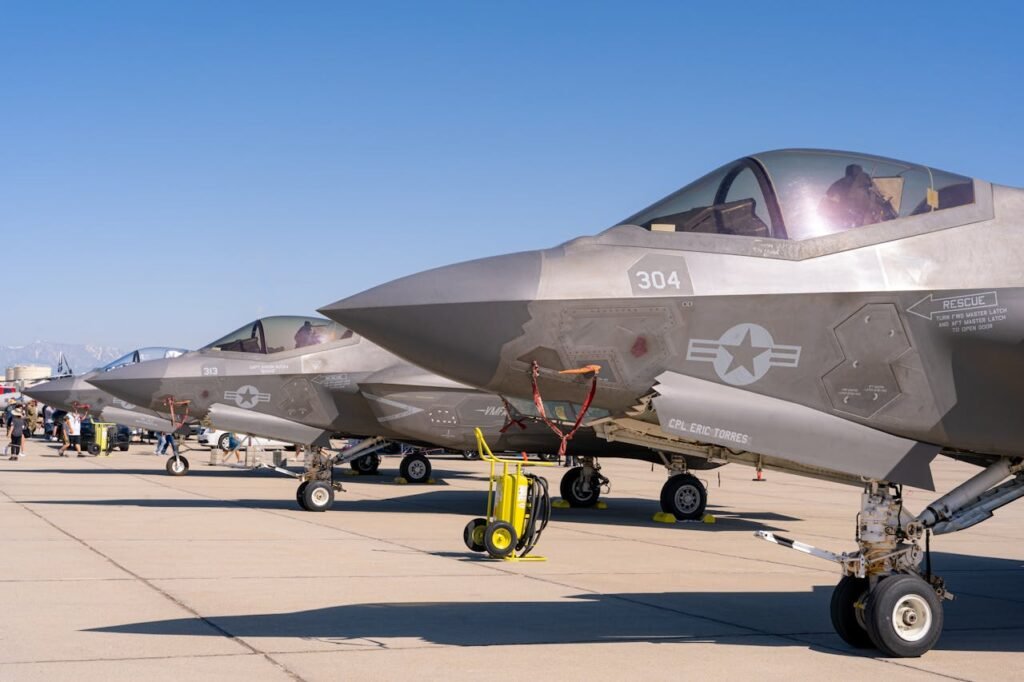Bethesda, Maryland: Lockheed Martin, the aerospace and defence giant, has confirmed it is on track to deliver 100 F-35 Lightning II fighter jets to the U.S. military by the close of 2024. This significant achievement comes after overcoming several challenges related to the integration of the Technology Refresh 3 (TR-3) upgrades, which had previously delayed deliveries.
The F-35 program has navigated through a series of technical obstacles, particularly with the TR-3 software and hardware enhancements intended to boost the aircraft’s capabilities. Despite these delays, Lockheed Martin has managed to resume and expedite deliveries following a year-long pause. The company’s recent statements suggest they are not only meeting but slightly exceeding their revised targets for 2024, with a focus on delivering both newly produced jets and those previously held back due to the upgrade issues.
Lockheed Martin’s financial performance for the year has been positively influenced by this delivery schedule, with the company increasing its sales forecast based on the resumption of F-35 deliveries. The deliveries include a blend of aircraft configured with both the TR-2 and the newer TR-3 systems, with the latter providing enhanced operational capabilities critical for the U.S. Air Force, Navy, and Marine Corps.
Strategic Importance of the F-35
The F-35 Lightning II is a cornerstone of U.S. military aviation, representing the most advanced multirole fighter jet in service. Its delivery schedule is of strategic importance, ensuring that the U.S. maintains its technological edge in air combat capabilities against evolving global threats. The jets delivered include all variants – F-35A for the Air Force, F-35B for the Marine Corps, and F-35C for the Navy – each tailored to specific operational requirements.
Looking Ahead
With the delivery of 100 F-35s this year, Lockheed Martin is setting the stage for a stable production rate moving forward, with an aim to produce and deliver over 156 units annually starting in 2025. This consistent production pace will help in clearing any existing backlogs and ensure that the U.S. military receives its full complement of these fifth-generation fighters as planned.
As the year ends, both Lockheed Martin and the U.S. military look forward to continuing this momentum into the next year, ensuring the F-35 program remains on track for future advancements and deployments.


